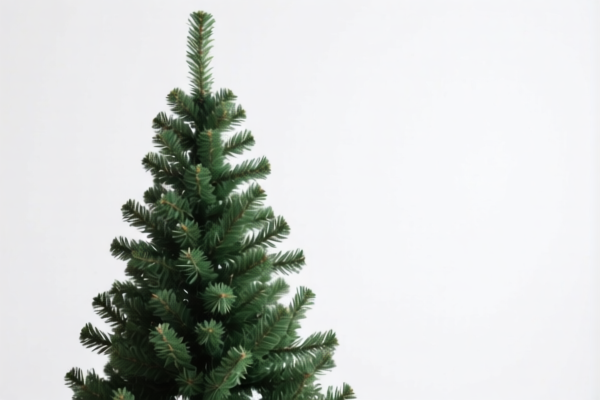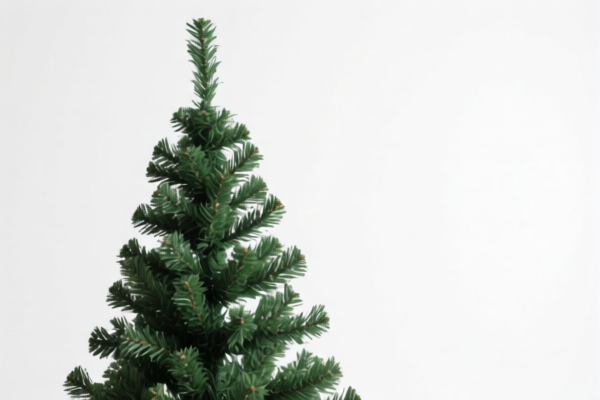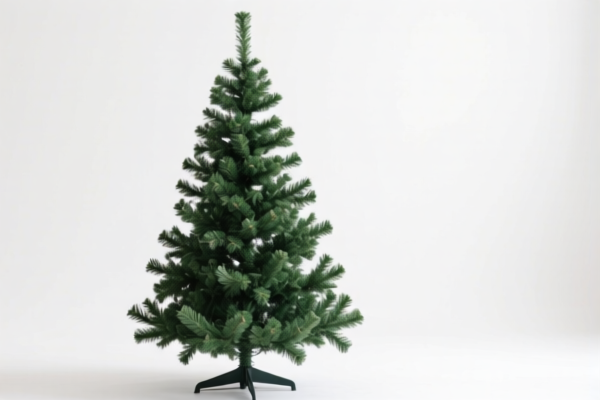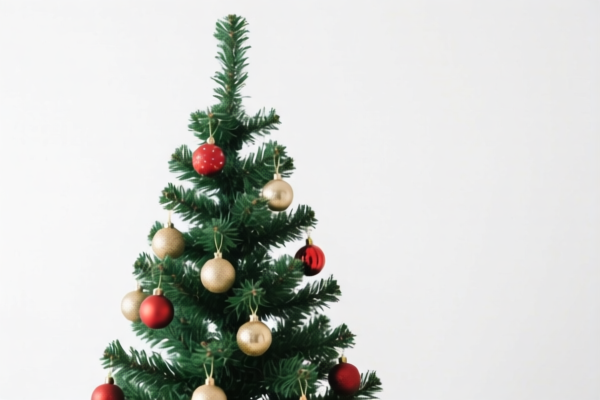| HS Code | Official Doc | Tariff Rate | Origin | Destination | Effective Date |
|---|---|---|---|---|---|
| 9503000071 | Doc | 30.0% | CN | US | 2025-05-12 |
| 9503000090 | Doc | 30.0% | CN | US | 2025-05-12 |
| 9505101000 | Doc | 37.5% | CN | US | 2025-05-12 |
| 9505104020 | Doc | 30.0% | CN | US | 2025-05-12 |
| 3926903300 | Doc | 36.5% | CN | US | 2025-05-12 |
| 3926909905 | Doc | 42.8% | CN | US | 2025-05-12 |
| 3924104000 | Doc | 33.4% | CN | US | 2025-05-12 |
| 3924905650 | Doc | 40.9% | CN | US | 2025-05-12 |
| 7113195045 | Doc | 43.0% | CN | US | 2025-05-12 |
| 7113195090 | Doc | 43.0% | CN | US | 2025-05-12 |
| 7117110000 | Doc | 45.5% | CN | US | 2025-05-12 |
| 7117904500 | Doc | 30.0% | CN | US | 2025-05-12 |




Christmas Ring (Green)
A Christmas ring, specifically a green one, is a traditional confection often associated with the holiday season, particularly in Europe and North America.
Material:
These rings are primarily made of a hard, sugar-based candy. The base is typically a clear or translucent sugar boiled to a hard crack stage. Green coloring, traditionally derived from plant extracts but now commonly achieved with food coloring, is incorporated into the sugar mixture.
Purpose:
Historically, Christmas rings served as small, affordable treats for children during the Christmas season. They hold a symbolic association with the Christmas wreath and the festive spirit of the holiday. They are primarily a novelty candy item.
Function:
The ring's primary function is consumption. They are designed to be eaten, offering a sweet, hard candy flavor. The ring shape allows it to be worn briefly as a playful accessory before being eaten.
Usage Scenarios:
- Holiday Decoration: Used as small ornaments on Christmas trees or as part of festive displays.
- Children's Treats: Given to children as a small gift or reward during the Christmas season.
- Stocking Stuffers: A traditional inclusion in Christmas stockings.
- Party Favors: Distributed at Christmas parties, especially those geared towards children.
Common Types:
While variations exist, most green Christmas rings share a core characteristic:
- Standard Ring: The most common type, consisting of a simple ring shape, often with a slightly irregular surface.
- Glittered Rings: Some rings are coated with edible glitter to enhance their visual appeal.
- Flavored Rings: While typically unflavored or with a mild sugar taste, some manufacturers add flavoring such as mint, apple, or other seasonal tastes.
- Size Variations: Rings come in different sizes, though they are generally small enough to fit a child's finger.
- Handmade vs. Mass-Produced: These rings can be found as commercially manufactured products or made at home as a traditional confection.
Based on the provided information, the declared goods "christmas ring green" can be classified under the following HS codes:
- 9505101000: This HS code falls under Chapter 95 (Festive, carnival or other entertainment articles, including magic tricks and practical joke articles; parts and accessories thereof). Specifically, it covers Heading 9505.10 (Articles for Christmas festivities and parts and accessories thereof: Christmas ornaments). The subheading 9505.10.10 further specifies Of glass. This would apply if the ring is made of glass. The total tax rate is 37.5% (0.0% basic tariff, 7.5% additional tariff, and 30.0% additional tariff after April 2, 2025).
- 9505104020: This HS code also falls under Chapter 95 (Festive, carnival or other entertainment articles, including magic tricks and practical joke articles; parts and accessories thereof). Specifically, it covers Heading 9505.10 (Articles for Christmas festivities and parts and accessories thereof). The subheading 9505.10.40 further specifies Other: Of plastics. This would apply if the ring is made of plastic. The total tax rate is 30.0% (0.0% basic tariff, 0.0% additional tariff, and 30.0% additional tariff after April 2, 2025).
- 7117904500: This HS code falls under Chapter 71 (Imitation jewelry). Specifically, it covers Heading 7117.90 (Other). The subheading 7117.90.45 further specifies Other: Valued not over 20 cents per dozen pieces or parts: Toy jewelry (except parts). This would apply if the ring is considered toy jewelry and its value is not over 20 cents per dozen pieces. The total tax rate is 30.0% (0.0% basic tariff, 0.0% additional tariff, and 30.0% additional tariff after April 2, 2025).
Regarding HS code 9505101000 and 9505104020, the goods are classified as articles for Christmas festivities.
Regarding HS code 7117904500, please note that the classification as "toy jewelry" and the valuation requirement (not over 20 cents per dozen pieces) must be met for accurate classification.
Customer Reviews
No reviews yet.